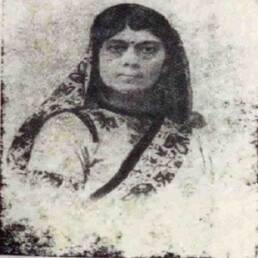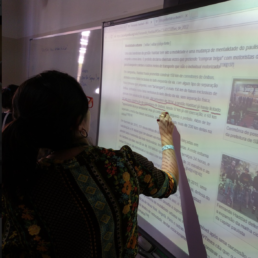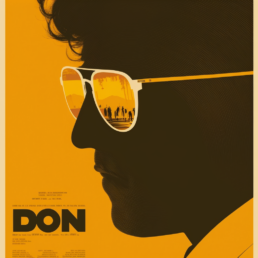India in the winter is known for its Melas (fairs), and one cannot imagine a winter fair without riding on the dappled wooden horses of a merry-go-round.
But how did this joy ride help mediaeval Knights prepare for a battle-game centuries ago?
Merry-go-round is a type of traditional amusement ride with wooden horses or animals mounted on rotating circular platforms. A joyride for kids across the world.
There is a fascinating history behind this ride which many don’t know. The story begins in the 12th century. Europe was turbulent. The battle for religious salvation was raging, the era of the Crusades.
Apart from being the focal point of European history for centuries, the Crusades also brought jousting competitions from older Byzantine and Arab traditions to Europe, where they were played by Arabian and Turkish horsemen.
This was an ancient game where the Knights would ride atop horses in a circle, and the goal was to knock off the man’s hat who was holding a stick. Some variants of the game had other objectives.
What’s amazing is that they created an early device that essentially served as a cavalry training mechanism, preparing and fortifying the riders as they swung their swords at the moving “dummy enemies”.
They used wooden horses, elephants, and other animals suspended from arms on a central rotating pole, to build the mock enemies. Sounds familiar?
The pole was propelled either by a person, a horse, or a mule as the knights would practise games like spearing a hanging ring with their jousting lances while dodging the wooden revolving horses to hone their skills.
The battle game was known as “little war” or garosello in Spanish/Carosella in Italian, which eventually became the French word “carousel” – that we widely use today. The game began to be played by commoners, and carousels soon sprung up at fairgrounds across Europe.
This ancient technology for a combat training device for the Knights of the Middle Ages gradually evolved into our favourite joyride – the merry-go-round. How incredible is that?
Sources:
- Kat Eschner, The Dizzy History of Carousels Begins With Knights,
- Smithsonian Magazine, https://www.smithsonianmag.com/smart-news/dizzy-history-carousels-begins-knights-180964100/
- Tobin Fraley and Carol Bialkowski, Carousels the Myth the Magic and the Memories, Willitts Designs Pub.




